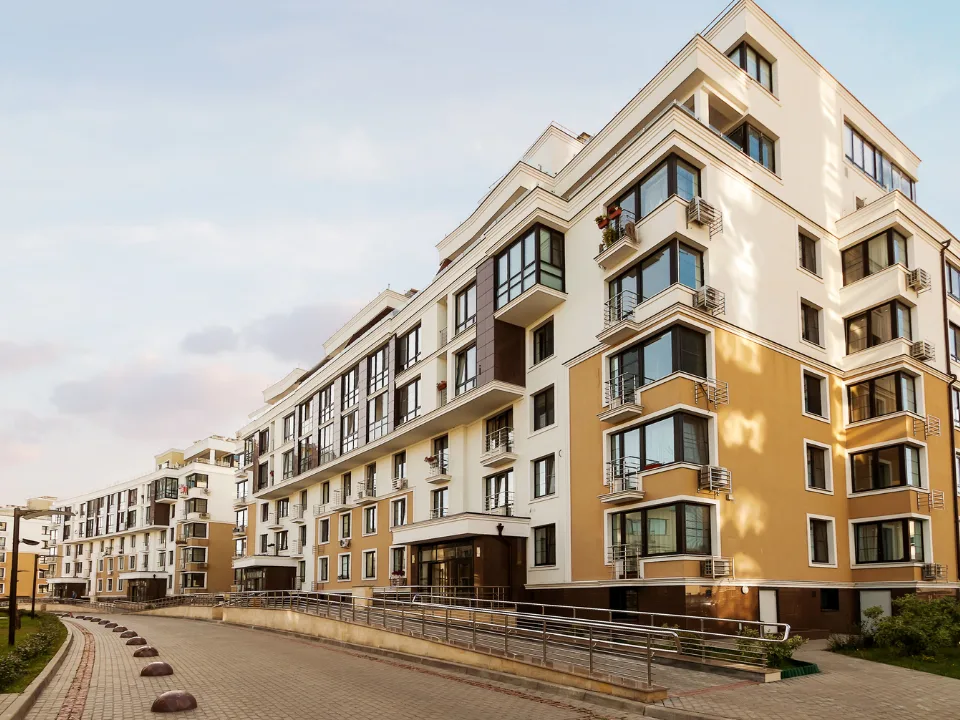The U.S. industrial real estate market -once the darling of post-pandemic logistics growth-is showing signs of cooling. As of Q4 2025, industrial vacancy rates have climbed to nearly 9.5% nationally, while rental growth has slowed following years of record highs.
Despite this softening, the sector remains a key pillar of commercial real estate (CRE), driven by shifting manufacturing strategies, tax reform, and ongoing reshoring initiatives across the U.S.
Vacancy Rates on the Rise
For the first time in several years, industrial vacancies are ticking upward in both major logistics hubs and secondary markets. Markets like Dallas–Fort Worth, Atlanta, and Chicago are seeing a wave of newly delivered inventory that’s temporarily outpacing tenant demand.
This rise in availability is giving tenants more leverage in lease negotiations and slowing rent growth that had surged between 2020 and 2023. Analysts note that this moderation was inevitable after years of unprecedented construction and e-commerce-driven expansion.
Rents Cool but Remain Above Pre-Pandemic Levels
While industrial rents have cooled in recent quarters, they still remain well above pre-pandemic averages. Demand from 3PLs, logistics operators, and manufacturers remains healthy, though more disciplined.
Property owners are shifting focus toward tenant retention and lease renewals, offering improved concession packages or flexible terms to attract long-term users. Meanwhile, institutional investors are reassessing their portfolios—shifting from aggressive expansion to yield protection.
Tax Reform and Reshoring Fuel a New Era of Manufacturing
A major storyline reshaping the industrial and manufacturing landscape is the impact of tax policy changes and reshoring initiatives. Federal and state incentives are encouraging companies to bring manufacturing back to the U.S., particularly in high-growth regions like the Midwest, Texas, and the Southeast.
However, these shifts come with complexity. Tax reforms are changing cost structures and operational footprints, influencing where companies choose to build or expand facilities. Industrial developers must now consider tax advantages, labor availability, and energy infrastructure when planning new projects.
What It Means for Investors and Tenants
For investors, the message is clear: the industrial sector is normalizing, not collapsing. Vacancy rates may rise, but demand for high-quality, well-located warehouse and distribution centers remains strong- especially those near major intermodal hubs and transportation corridors.
For tenants, this is a moment of opportunity. More supply means more choices, and strategic occupiers can lock in favorable lease terms or upgrade facilities with minimal rent increases.
Looking Ahead: A Market Redefining Itself
The U.S. industrial real estate market is entering a new phase -defined by balance, efficiency, and adaptability. Developers who integrate sustainable design, automation-ready infrastructure, and tax-advantaged locations will remain best positioned for the future.
As the CRE industry continues to evolve, understanding how industrial softening, vacancy trends, and tax policy interact will be essential for brokers, investors, and tenants alike.


